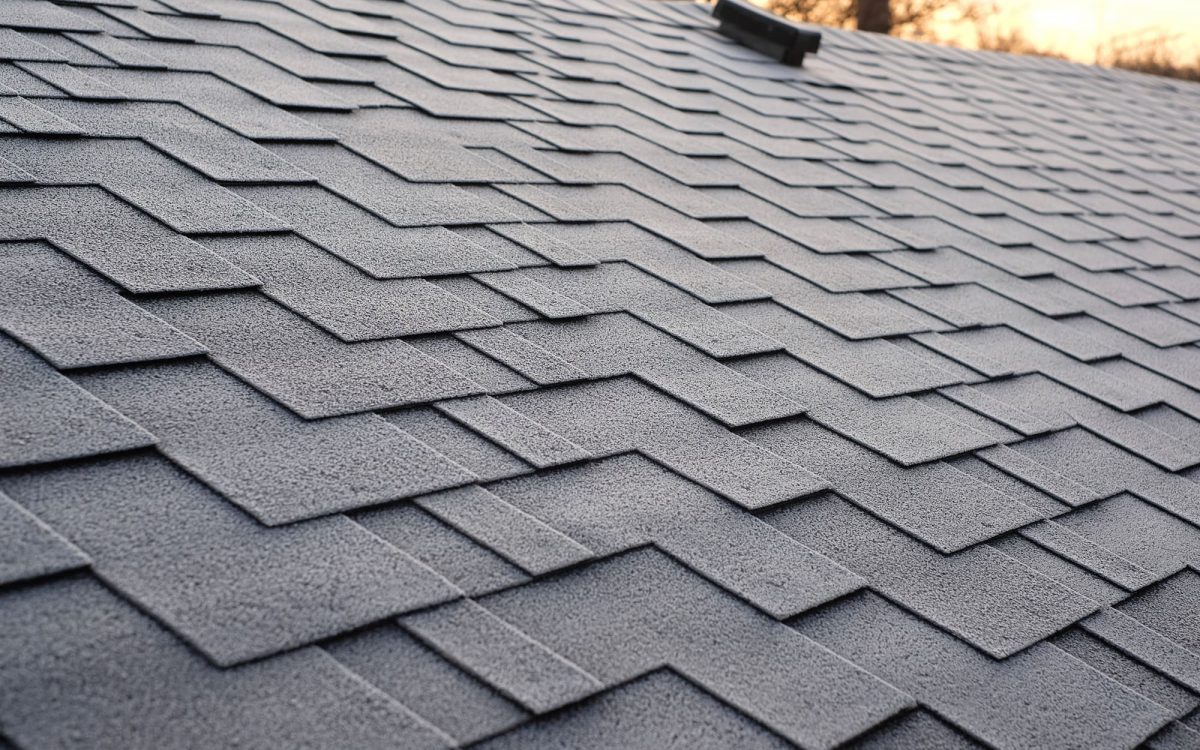Roofing shingles may add a significant amount of curb appeal and value to your home and are also key in helping to keep water out and maintaining the integrity of your roof’s structure. The kind of roofing shingles you select may also affect your roof’s durability against rain, hail, wind and other weather elements. As roofing contractors Chicago residents trust, Stanley Roofing Company can help you choose which option is best for you and your home.
Discover more about the different styles and types of roofing Chicago residents prefer.
3-Tab Roofing Shingles
Three-tab roofing shingles feature three individual tabs of equal size, creating a symmetrical look on the roof. They are traditional asphalt shingles with a repetitive rectangular shape separated by “slots” and are generally more inexpensive than other asphalt shingle options. Installation requires caution on the part of the roofing contractors Chicago property owners prefer in order to make sure the “slots” created by the shingles are properly aligned.
Architectural Roofing Shingles
Often considered a premium kind of asphalt shingle, architectural roofing shingles are also referred to as laminated shingles or dimensional shingles due to the two layers of shingle pieces that have been laminated together to create a dimensional look. Roofs covered in architectural shingles have an attractive appearance provided by the variation in shingle shapes and sizes.
Impact-Resistant Roofing Shingles
Impact-resistant shingles have been modified and enhanced to stand up against impact from hail or other debris that can fall on your roof. There are a variety of ways in which shingles can be modified to attain this resistance.
For example, certain shingles have a reinforcing fabric on the back, while some shingles have asphalt mixed with polymers, like styrene-butadiene-styrene (or SBS) which provides a rubberizing effect in the shingles. These alterations increase the shingle’s capacity to absorb the energy from a hailstone, or another source of impact, which assists in the reduction of the intensity of cracking, denting, or other kinds of damage.
Tile Roofing
Tile roofing is generally composed of concrete. As they are significantly heavier than asphalt shingles, the interior structure of the roof must be reinforced in order to hold the extra weight.
Slate Tile Shingles
Slate tile roofing shingles are created with individual thin pieces of slate, a natural stone, and are actually quite heavy when installed together.
A proper roofing company Chicago trust must ensure the roof is designed or reinforced to withstand the weight of slate tile shingles making their installation more complex, which contributes to them being one of the more expensive options on the market.
Wood Shingles
For hundreds of years, wood shingles have been used as a roofing option for property owners. Most of these wood shingles are made from redwood or cedar. They are precisely cut in specific shapes and have a smaller exposure than more traditional wood shakes, which provides them with a distinct look.
Wood Shake Shingles
Similar to wood shingles, wood shake shingles are made from either cedar or redwood as well but are not cut as precisely — they are commonly sawn off and hand-split for a more natural appearance. Because they are made from wood, they are more susceptible to fire damage and cannot attain a Class A fire rating.
Standing Seam Metal Roofs
Standing seam metal roofing contains a series of ridges or vertical seams that run up the slope of the roof. Standing seam panels for a metal roof are typically made from:
- Zinc
- Copper
- Galvanized steel
- Galvalume steel
- Aluminum
- Titanium
- Stainless steel
Stone-Coated Metal Roofing Shingles
With a distinct appearance from a flat panel roof or standing seam, metal roofing shingles are stone-coated steel panels that mimic concrete, wood shakes, or clay tile roofing.



